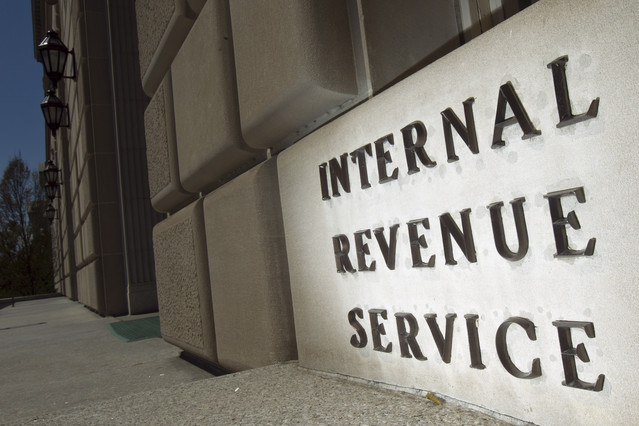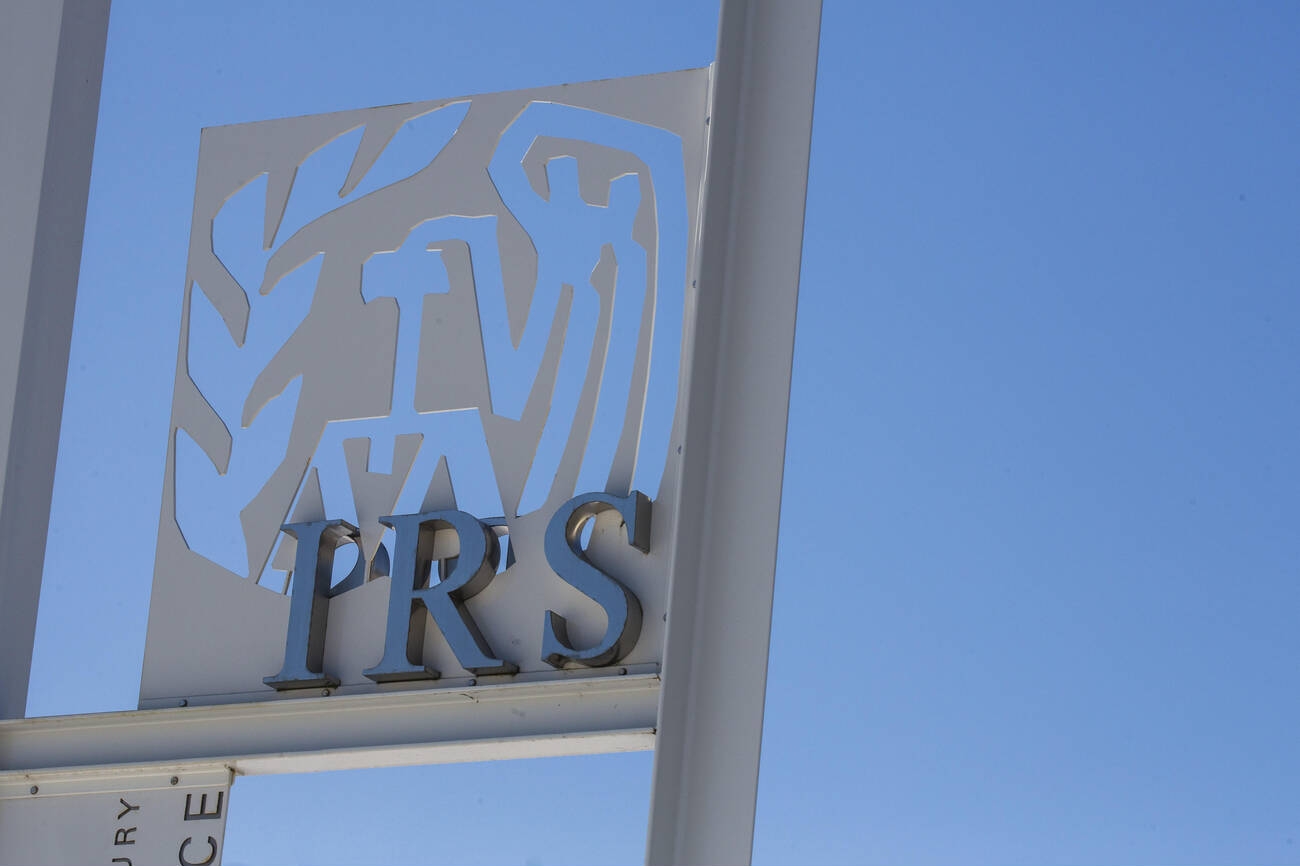Despite taxpayers and tax professionals experiencing more misery during the 2022 filing season because of paper processing delays and inadequate customer service, National Taxpayer Advocate Erin Collins said the IRS has made huge progress in reducing the volume of unprocessed tax returns and correspondence and is ready to start the 2023 tax season later this month in a stronger position, according to her 2022 Annual Report to Congress.

The IRS began 2022 with an unprocessed paper backlog of 4.7 million original individual returns (Forms 1040), 3.2 million original business returns, and 3.6 million amended returns (individual and business combined). As of the middle of last month, the IRS had reduced those backlogs to 1 million original individual returns, 1.5 million original business returns, and 1.5 million amended returns. And by Dec. 23, the IRS had further reduced its unprocessed paper backlog of original individual returns to about 400,000 and original business returns to about 1 million, the report says.
This large reduction in the paper return inventory will enable the IRS to begin processing paper-filed tax year 2022 returns during the upcoming filing season, unlike the previous two years when the IRS was not able to process current-year returns until months after the filing season had ended.
The number of returns suspended during processing is the only significant return category in which inventories increased. The IRS began 2022 with an inventory of 4.2 million suspended returns, but that inventory grew to 5.9 million suspended returns by mid-December.
Cases involving suspected identity theft account for about half the inventory of suspended returns. In mid-December, the IRS reported 2.9 million identity theft cases in its inventory. While some will turn out to be fraudulent claims, the IRS website as of Jan. 9 states: “[D]ue to extenuating circumstances caused by the pandemic, our identity theft inventories have increased and on average it is taking about 360 days to resolve identity theft cases.” The report calls a yearlong delay “unacceptable” and urges the IRS to assign additional employees to process these cases.
In 2022, about two-thirds of individual taxpayers were entitled to refunds, and the average refund amount was nearly $3,200. The report states the IRS failed to meet its responsibility to pay timely refunds to millions of taxpayers for the third year in a row. Approximately 13 million individual taxpayers filed paper returns, but because of paper processing delays, refunds for these taxpayers were delayed, generally by six months or longer. In addition, millions of e-filed individual returns were suspended because they tripped IRS processing filters and required manual review by IRS employees before refunds could be released. Hundreds of thousands of business returns claiming the Employee Retention Tax Credit were delayed, the report says.
Other taxpayer service challenges included:
Delays in processing taxpayer correspondence and other cases in the accounts management function: The IRS sent millions of notices to taxpayers during 2022, including 17 million math error notices, Automated Underreporter notices (where an amount reported on a tax return did not match the corresponding amount reported to the IRS on a Form 1099 or other information reporting document), notices requesting a taxpayer authenticate identity where IRS filters flagged a return as potentially fraudulent, correspondence examination notices, and some collection notices. Notices often require written taxpayer responses. If the IRS did not process a taxpayer response, it may have taken adverse action against the taxpayer or not released the refund claimed on the tax return.
During fiscal year 2022, it took the IRS an average of 193 days to process taxpayer responses to proposed tax adjustments—about six months. That compares with 89 days in FY 2019, the most recent pre-pandemic year. The report also calls the delays in resolving these cases unacceptable.
Difficulty reaching the IRS on its toll-free telephone lines: Of the 173 million calls the IRS received during FY 2022, only 22 million (13%, or roughly one out of eight calls) got through to an IRS employee. As a result, most callers could not get answers to their tax-law questions, receive help with their account problems, or speak with an employee about compliance notices. Those who got through waited an average of 29 minutes on hold before the call began.
Telephone service for tax professionals was worse than the previous year and hit an all-time low. Because tax preparers often call the IRS with complex account-specific questions, the tax agency established a Practitioner Priority Service (PPS) telephone line to handle their calls. In FY 2022, IRS employees answered only 16% of PPS calls (fewer than one out of six), and the average hold time for those who got through was 25 minutes.
“Tax professionals are key to a successful tax administration,” Collins wrote. “The challenges of the past three filing seasons have pushed tax professionals to their limits, raising client doubts in their abilities and creating a loss of trust in the system.”
2023 outlook: “Light at the end of the tunnel”
Collins predicted that taxpayer service will improve in 2023. “We have begun to see the light at the end of the tunnel,” she wrote. “I am just not sure how much further we have to travel before we see sunlight.”
The report states three reasons for Collins’ optimism:
- The IRS has largely worked through its backlog of unprocessed tax returns, even though it remains challenged with a high volume of suspended returns and correspondence;
- Congress provided the IRS with $80 billion in additional funding over the next 10 years through the Inflation Reduction Act to increase hiring, specifically in customer service; and
- Because of receiving direct hire authority, the IRS recently hired 4,000 new customer service representatives, and it is seeking to hire 700 additional employees to provide in-person help at its taxpayer assistance centers. Direct hire authority has enabled the IRS to reduce the number of days from the time it posts an announcement on USAJobs.gov until it onboards a new employee by more than half.
However, Collins warned the improvements will not be immediate and “staff increases come with growing pains.”
“As new employees are added, they must be trained. For most jobs, the IRS does not maintain a separate cadre of instructors. Instead, experienced employees must be pulled off their regular caseloads to provide the initial training and act as on-the-job instructors,” she wrote. “In the short run, that may mean that fewer employees are assisting taxpayers, particularly experienced employees who are likely to be the most effective trainers.”
She also mentioned that until additional fully trained employees are on board, taxpayer service will continue to be a zero-sum game. For example, customer service representatives in the accounts management function split their time between answering the phones and processing taxpayer correspondence. If the IRS assigns more employees to answer the phones, correspondence processing will be slower. If the IRS assigns more employees to process correspondence, phone service will decline.
“The IRS will have to perform a difficult balancing act with its current resources and will need to ensure it does not create a new paper backlog in 2023 by reassigning too many accounts management employees from processing case inventories to answering the phones,” Collins wrote. “The IRS needs to end the vicious cycle of paper backlogs. As employees are trained and report for duty, I expect we will start to see improvements in service, probably by the middle of 2023.”
Thanks for reading CPA Practice Advisor!
Subscribe Already registered? Log In
Need more information? Read the FAQs
Tags: Income Tax, IRS, Taxes




